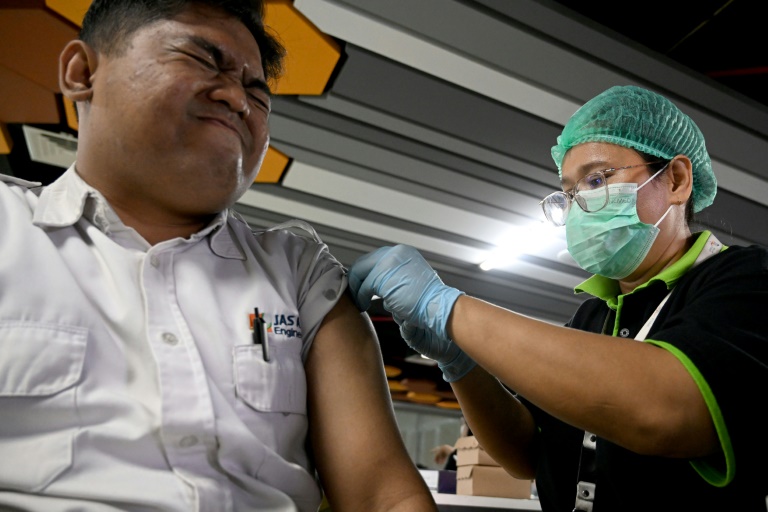Advances in AI aid in preparations for the next global pandemic

Covid-19 killed millions but four years to the day after the WHO declared an international emergency, countries cannot agree a treaty to head off a new pandemic – Copyright Israeli Army/AFP –
Researchers have presented how Artificial Intelligence (AI) can transform the landscape of infectious disease research and improve pandemic preparedness. This relates to breakthroughs in infectious disease research and outbreak response. The biological advances have been coupled with technological change, notably with: machine learning, computational statistics, information retrieval and data science.
The study outlines how recent advances in AI methodologies are performing increasingly well even with limited data — a major bottleneck to date. This improved performance on noisy and limited data has opened up new areas for AI tools to improve health across both high-income and low-income countries in the area of pandemic preparedness.
Opportunities for AI and pandemic preparedness identified in the research include advances in improving current models of disease spread, aiming to make modelling more robust, accurate and realistic.
There has also been progress made in pinpointing areas of high-transmission potential, helping ensure limited healthcare resources can be allocated in the most efficient possible way. This is notwithstanding that the number of cases that would be classed as an outbreak varies according to what causes the disease and the size and type of previous and existing exposure to the cause.
Looking into the near future, AI has the potential to improve genetic data in disease surveillance, ultimately accelerating vaccine development and the identification of new variants. In addition, there is the likelihood of AI assessing the properties of new pathogens, predict their traits and identify whether cross species jumps are likely.
Another innovation on the horizon is a possible AI-aided integration of population-level data with data from individual-level sources — including wearable technologies such as heart rate and step counts — to better detect and monitor outbreaks.
One of the lead scientists was Professor Moritz Kraemer (University of Oxford). Discussing the new approach, Kraemer says the AI will “Help us better anticipate where outbreaks will start and predict their trajectory, using terabytes of routinely collected climatic and socio-economic data. It might also help predict the impact of disease outbreaks on individual patients by studying the interactions between the immune system and emerging pathogens.”
The primary limitation in using the capability of AI to predict disease spread is with the quality and representativeness of training data, the limited accessibility of AI models to the wider community, and potential risks associated with the deployment of black-box models for decision making.
Furthermore, such technology would require extensive worldwide collaboration and from comprehensive, continuous surveillance data inputs. The state of interaction between leading nations worldwide is not in a good place currently.
The research appears in the science journal Nature, titled “Artificial intelligence for modelling infectious disease epidemics.”
Advances in AI aid in preparations for the next global pandemic
#Advances #aid #preparations #global #pandemic







